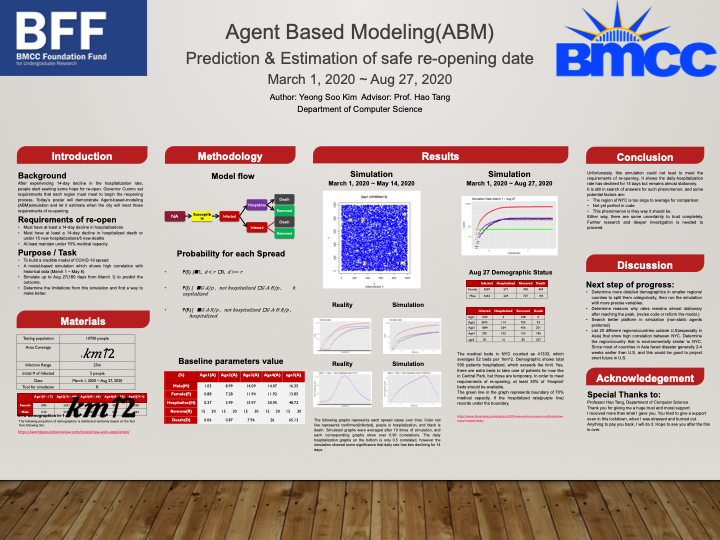Name: Brian Zhang
Mentor: Marjan Persuh
Abstract: The phenomenon of change blindness suggests that visual experience is sparse and limited by attention and working memory capacity. Iconic memory experiments, however, suggest that our visual experience is rich and that we are aware of many details of our environment. To circumvent the involvement of memory, we developed a methodology that directly measures the richness of visual experience without reliance on memory. A circular array of either color patches, geometric objects or different orientations, with set sizes of two, five or eight, was briefly displayed to participants. On half of the trials, one of the randomly selected items was present twice and participants were asked to detect and report repetition. Because the repeated item was not known in advance, the task estimated the content of perceptual experience. With a set size of two, performance was at ceiling for all features; however, with a set size of five, accuracy for color was significantly different from both orientation and shape. With a set size of eight, accuracy for color still remained high, whereas accuracies for other features dropped to chance levels. We further explored perception of color in a second experiment by increasing the number of simultaneously presented items to sixteen. Accuracy was above chance even for a set size of twelve and only dropped to chancel level when sixteen colors were displayed. Our results demonstrate that the richness of visual experience depends on specific features and that our perception of color is superior to our perception of orientation and shape.




Laurie Lomask
Fascinating, great work! I wonder if some colors are more recognizable than others.